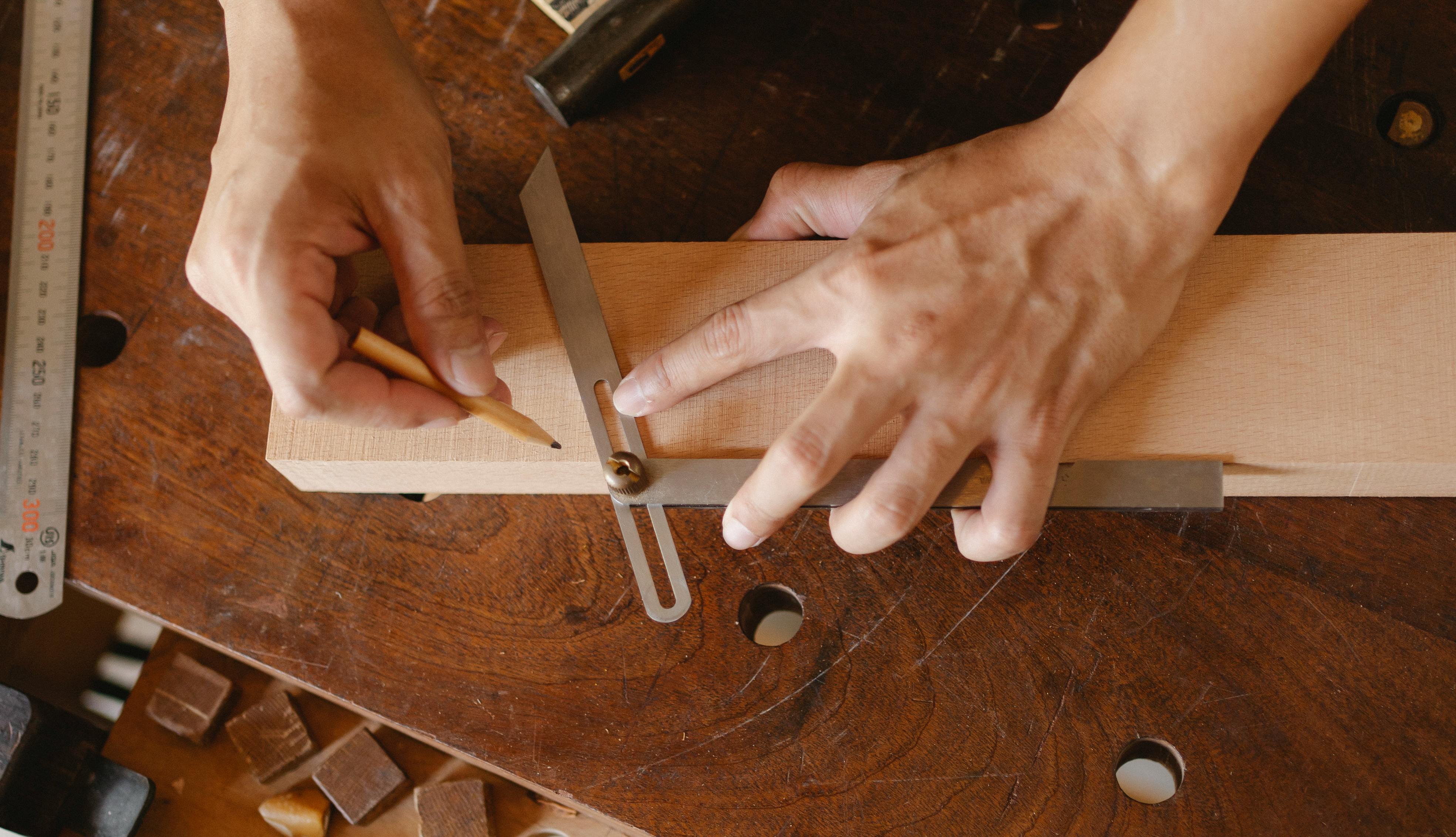This article is based on my recent experience of going through the process of obtaining estimates of the cost of building a house in Thailand, including obtaining quotes from builders in Thailand and also using unit construction rates (how much square meter) to build a retirement home. In Thailand.
It will come in handy for anyone retiring in Thailand or planning to retire to Thailand and build a retirement home.
The two main ways to estimate the cost of building a house in Thailand
There are basically two ways to price a construction project in Thailand.
1. Using unit construction rates to estimate the cost of building a house
The first method, and the simplest, is to use unit construction rates, that is, how much it costs to build the house per square meter in baht / m2. There are a variety of unit construction fees for houses in Thailand and these vary depending on the standard of the building and the location in the country.
There are other factors that affect the construction price of a home in Thailand and these are not normally allowed in unit construction rates.
Just one example is that the construction cost is highly dependent on the particular builder chosen, as quotes for the same property from different builders vary greatly.
Unit rates for use in estimating the cost of home construction are available where I live in the United Kingdom (UK). There are many websites that list these unit rates and there are also price books that give rates per square meter for a variety of building types and sizes. This method is commonly used in Great Britain and other Western countries to calculate the budgetary cost of building a house.
However, in Thailand the situation is different. I haven’t seen any ‘official’ unit construction rates for Thailand, but various websites, particularly forums catering to expats living in Thailand, provide some rough figures of people who have built their own retirement home in Thailand.
But that’s all they are, a guide, and they’re really hardly worth using even for budgeting purposes.
Two Examples of Thai Unit Fee Websites for Home Construction Cost in Thailand
From A1Real.com
Bangkok: “In March 2006, buyers had to pay 81,975 baht / m2 on average to purchase a condo unit in central Bangkok compared to 72,596 baht / m2 in the last twelve months.”
From Thai-AirPark.com
Chiang Mai, Northern Thailand: “A house built according to Western standards will cost between 160 and 300 euros / m2” (at 45 euros / baht (January 2010) which equates to 7,200 to 13,500 Thai baht per m2).
Notice how the unit rate for these two examples is so different.
Another way to get unit rates for Thailand is to approach Thai builders and architects. Unit construction rates sent to me by one of Thailand’s leading Bangkok-based design and build companies are in the range of 15,000 to 20,000 baht / m2.
The method of applying unit construction rates is simple. Calculate the total area of the proposed building, including all floors, and multiply by the unit fee. There is no need to find or involve a constructor for this method once you have decided on the unit rate to use.
There are inherent inaccuracies in this approach because the combination of different types of use will be different in different buildings.
For example, using my own proposed property in Pak Chong, Thailand, as an example, the house is a typical ‘post’ house and half of the ground floor is left ‘open’ to be converted into usable rooms at a later date and the the other half just have blockwork walls for a workshop.
Clearly, the unit rate for these areas is different and different from the first floor that contains kitchen, bedrooms, and other living areas.
Another example of different types (and therefore costs) of building use using my Pak Chong house as an example is that on the first floor I have a very large patio (compared to the rest of the house) and also another semi-open area . both would be a much lower construction cost than the accommodation areas.
The fact is that newly built houses in Thailand are very often completely different in style and layout from other houses. This is in comparison to the UK, where new houses are often built by the hundreds to the same layout. Everyone knows what you will get in a ‘3 bedroom townhouse’ in England. In this situation, unit rates can be safely applied.
So what area is used in the cost calculation? Do you use the total area that includes the open area and the workshop on the ground floor and the patio on the first floor and the semi-open area plus the living areas? Or do you use the unit rate for accommodation only and take a percentage of the unit rate for lower cost areas?
The problem is, I don’t know the base of the unit rate in the first place. that is, if it was for a property similar to mine with open areas included, or if it was for a property with a higher percentage of actual living space.
In conclusion, the Unit Construction Fees method in Thailand can only be used to get a very rough idea of the likely cost and is not actually accurate enough to set a budget.
2. Get a quote from a Thai builder to build a house in Thailand
This method relies on finding a builder to prepare a quote based (usually) on a set of drawings (also called house plans) for the property in question. (The house you want to build for retirement in Thailand) Obviously, the more accurate and detailed the house plans, the more accurate the quote can be.
Other documents can also be provided to supplement the house plans and these include a scope of works outlining the scope of the project (which is not normally produced in Thailand) and annexes. Schedules are typically a finishing schedule, door schedule, hardware store, etc.
There are three main difficulties with this method.
1. Obtain house plans and other documents
I am fortunate to be able to use the Autocad Computer Aided Drawings (CAD) software package and am familiar with building design so I was able to produce my own CAD drawings and timelines for my planned retirement home in Thailand.
Also, I did not start with a blank sheet of paper, instead I downloaded some existing Thai house plans from the Thai government website (search for ‘download Thai government house plans’) and selected one to use as a starting point for the mine Thai house design.
If you don’t like this do-it-yourself approach, you will need to find someone to do the house plans for you. While this is easy (albeit somewhat expensive) in the UK, if you are trying to find a Thai architect to do it for you, you may be in trouble.
First of all, finding an architect in Thailand is not easy, although I found an architecture and construction company in Bangkok and later designated then to do the construction plans for my own house, but that’s another story.
Second, how do you explain to an architect what you want? This is particularly difficult (impossible?) If you don’t already have your own preliminary drawings like I do and if you are not in a position to sit in the same room as the architect and analyze ideas and concepts.
Doing that via email from scratch from outside of Thailand is next to impossible.
2. Translation of documents into Thai language
This is not that difficult if you are willing to pay for a translator in Thailand.
A translator can easily translate timetables, but adding Thai to CAD drawings is not easy unless the translator also knows how to use CAD software. My own house plans and schedules are in English only and I was able to get a quote from a Thai builder.
You can test in English only and have the translator translate technical sentences that the builder does not understand. Again, it is much easier to do if you are in Thailand together with the translator and the builder.
3. Find a builder in Thailand
This can be one of the most difficult tasks you have to do.
My wife has contacted at least six builders in Thailand and only one has come up with a price. That price was based on the plans and schedules of the house that I produced, but it was about double what we expected, 2.1 million baht, which is equivalent to 16,000 baht / m2.
The answer we get from most builders is that they are too busy to work on providing a price for a small house construction job. It seems that many builders are involved in big projects in the coastal resorts of Thailand (eg Phucket) and that our little project in Pakchong is not worth it.
The method I used to find builders was to knock on doors “You have a nice house, can you tell me who the builder was?” I find it easy to get close to people and one day I was chatting with the security guard at our hotel, “The Mansion” at 8/8 Soi Tedsaban 8, Mittrapap Rd., Pakchong, Thailand, and he announced that he could get a price. of at least two constructors.
We accepted that offer, but we never received the quotes. One was too busy and the other wanted 5,000 baht upfront before preparing a quote in case we didn’t select him as our builder! By the way, the Security Guard said his commission was 10 percent!
In this short discussion on how I got budget estimates for a retirement home in Thailand, I have covered the two main methods, using unit rates and house plans, to secure a budget price, and the advantages and disadvantages of each method. I have also explained the three difficulties you will face when trying to find a builder in Thailand to give you a budget to build your retirement home in Thailand.




Recent Comments